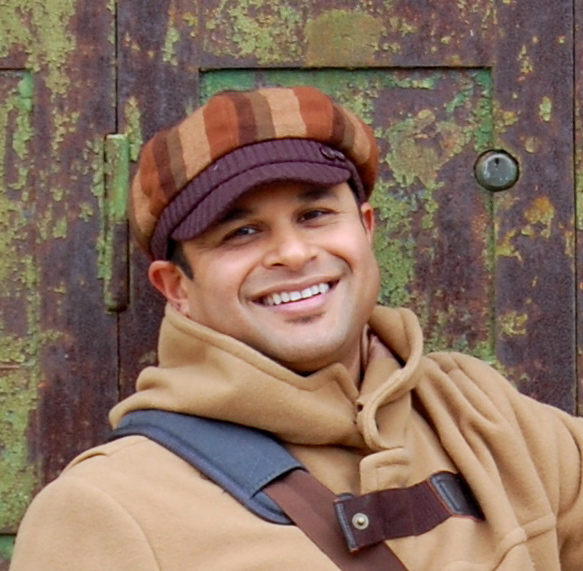
Form good partnerships. You benefit them and they benefit you. That’s my advice, “Don’t give up. Just keep trying. It will happen especially if you are trying to do something good.”
1. What led you to the mission of being an arts education advocate?
I am the founder and president of the nonprofit, Induz. Our motto and tag line for Induz is, “Where art meets heart, connecting people and cultures across the globe through the arts.” Art is a language that has no barrier. Our goal is to connect the whole world through art whether it is music, singing, or dancing.
You can build relationships through art. Building relationships is 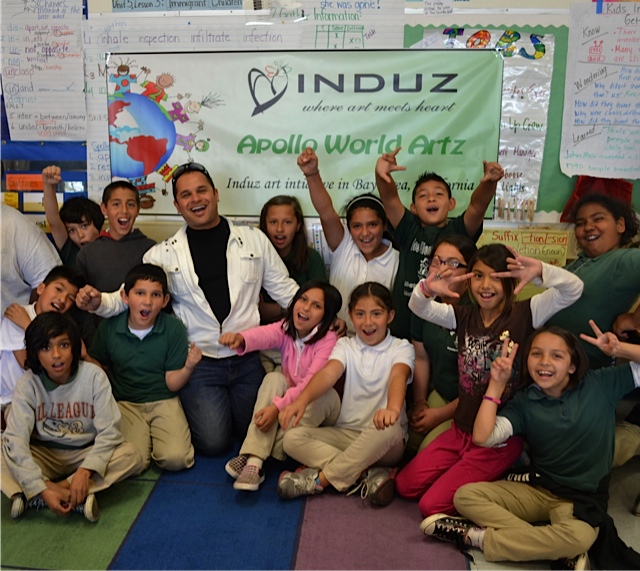 a key factor because art fosters harmony and peace around the world. You see so many barriers, issues, and problems throughout the world. They can result from differences in such things as race and religion. But you can go beyond these things through the arts and bring communities together in peace.
a key factor because art fosters harmony and peace around the world. You see so many barriers, issues, and problems throughout the world. They can result from differences in such things as race and religion. But you can go beyond these things through the arts and bring communities together in peace.
It’s not just about providing art programs for kids to become good artists. That’s not the goal. I personally cannot draw. Induz has nothing to do with my art background, but was found because of the scientific evidence that art is important in a child’s life and can positively shape their future. Art can empower children. For instance children who are abused or in orphanages – who do not have parents — can benefit from doing art of all kinds.
Another reason why I got involved in founding and leading Induz was to give something back to the community. This was very important to my wife and me. (She is also a co-founder of Induz.) I come from India and from humble beginnings where we had enough. After doing well in studies and getting jobs in the United States, we felt really blessed and had everything we needed.
I had that feeling in my heart that we were successful but getting too caught up in day-to-day activities with our children and our work. Giving back is very important to us. We did not have a moment to stop and think to do something to give back. That’s when the idea of giving came. We started looking at, “Which is the area that we should start focusing on?”
We started doing a lot of research. One area of life that my wife 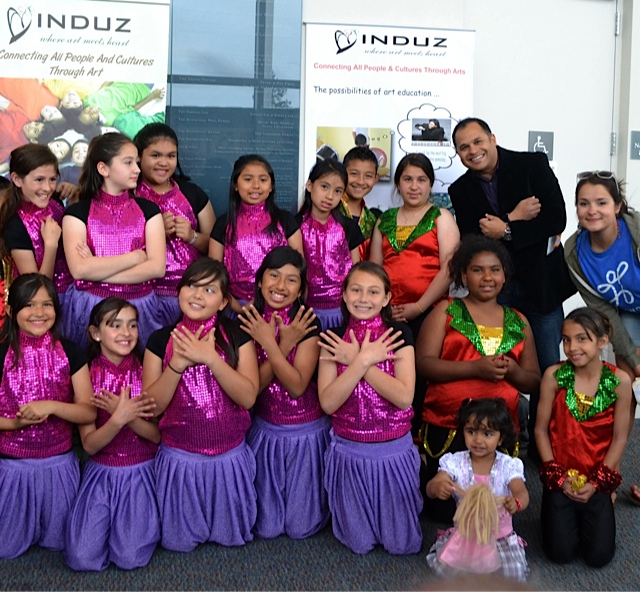 and I were very interested in was the arts because our background is in music. She and I are singers. We started looking around and we found so many organizations that focus on the basic needs of a child – like health, education, and food. Art was one thing that was needed but was being cut from our schools – specifically our own kids’ schools. We send our kids to good schools, but still in their school there were no art programs. All over the United States art programs were being cut.
and I were very interested in was the arts because our background is in music. She and I are singers. We started looking around and we found so many organizations that focus on the basic needs of a child – like health, education, and food. Art was one thing that was needed but was being cut from our schools – specifically our own kids’ schools. We send our kids to good schools, but still in their school there were no art programs. All over the United States art programs were being cut.
We started to do more scientific studies on art. What we found is tremendous. We saw that kids who are into the arts actually have better grades in math and science. This is scientifically proven. Also kids that are depressed or have suffered abuse in childhood may not be able to speak up but can express themselves through the arts. There are benefits from art whether the expression is through singing, dance, drawing, or music – any form of creative expression.
As we looked around, there were very few nonprofits that were focused on art. We chose to pick children’s art because we are also very passionate about the well being of children. We are parents of small children and wanted to make sure underprivileged children can have exposure to the arts. Some children are able to afford getting private lessons, but poor children cannot, so we started focusing on the low-income kids.
2. What does this mission mean to you?
It means a whole lot to me. It is a part of me. It’s shapes who I am. It makes me very happy and content. I don’t think that money, a big house, or a car would give me the satisfaction that I get when I see the smiles on the kids faces who are able to participate in this program. It’s really a part of me. I am able to involve my whole family, friends, and the community.
3. What was your best day as an arts education advocate?
My best day was in India when I went to visit an orphanage for the first time. We saw the kids doing our program. They were so 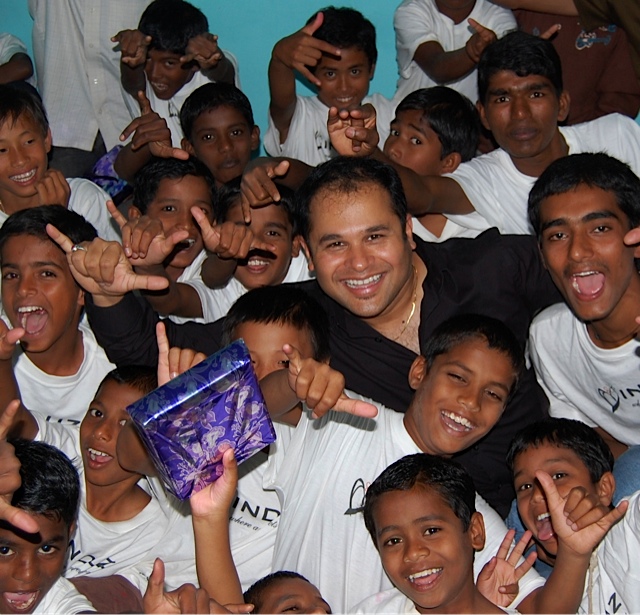 happy. It started making me feel that our kids have so much and they might complain about their school or that they don’t have this or that. But then I saw those kids at the orphanage and they had nothing, but they were so happy and content with what we gave them. It gave me a different perspective in life that you don’t have to have so many things to be happy and content.
happy. It started making me feel that our kids have so much and they might complain about their school or that they don’t have this or that. But then I saw those kids at the orphanage and they had nothing, but they were so happy and content with what we gave them. It gave me a different perspective in life that you don’t have to have so many things to be happy and content.
This trip to the orphanage brought tears to my eyes in a happy way. I thought, “Wow. Look at these kids. They have nothing but they are so happy and look forward to their future. We have so much, but we are racing to have one thing more or to be happy with something else or the other.”
4. What was your worst day as an arts education advocate?
My worst day was when I tried to bring this program into the local schools – the low-income schools in the area. I struggled. I tried to reach out to the schools and offer this free program to the children who didn’t have art programs. I could not get through to them. I tried to explain and then told them that I could bring a free program to the kids. They thought it was good but would never get back to me. I kept following up. I spent a year and a half trying to reach out to area schools and make connections.
People were able to see the value, but I was not able to get 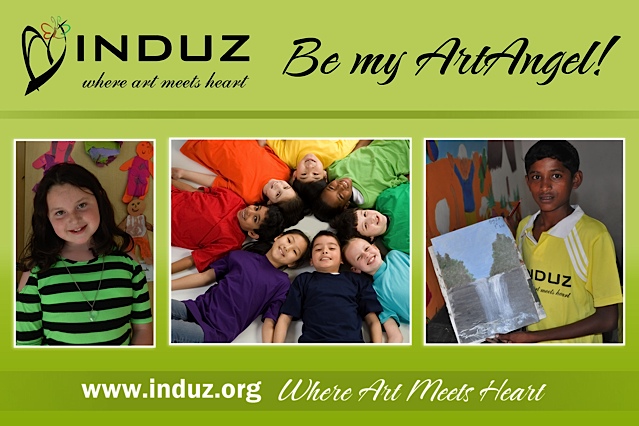 through to them enough to get the program started. There was too much bureaucracy. They were worried that they didn’t want to get a nonprofit involved or they might not get a grant or money that they would get from the state. There seemed to be one and a half years of wasted time when we could have been doing a lot of programs for the children at these schools.
through to them enough to get the program started. There was too much bureaucracy. They were worried that they didn’t want to get a nonprofit involved or they might not get a grant or money that they would get from the state. There seemed to be one and a half years of wasted time when we could have been doing a lot of programs for the children at these schools.
Eventually we figured out ways to work around the problems. We found organizations that were presently working in the schools, partnered with them, and gained a higher profile in the community. We grew, gained our own presence in the schools, and are welcomed today.
5. How did you survive your worst day?
I just kept trying because it was a part of me. I did not give up. Never give up! I pursued alternate channels and ways to get to 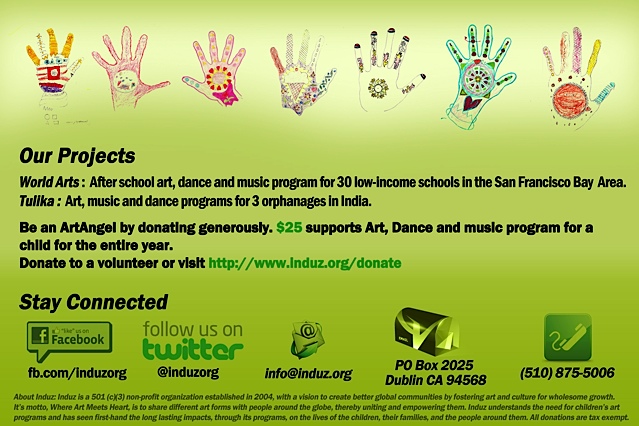 the schools. We tried small programs and summer camps here and there. Ultimately we kept trying and didn’t give up. We tried various routes. One route did not work for a year and a half. Then we tried alternate routes and started with a pilot program at four schools. It worked really well. Then the results spoke for themselves. We went into fourteen schools and then into twenty.
the schools. We tried small programs and summer camps here and there. Ultimately we kept trying and didn’t give up. We tried various routes. One route did not work for a year and a half. Then we tried alternate routes and started with a pilot program at four schools. It worked really well. Then the results spoke for themselves. We went into fourteen schools and then into twenty.
My advice is, “Don’t give up!” There are a lot of people willing to support you – especially when you are doing something good. They will connect with you. They will want to help you. There are a lot of people out there who are willing to help. You just have to find the right group, people, or organization that will help you. Form good partnerships. You benefit them and they benefit you. That’s my advice, “Don’t give up. Just keep trying. It will happen especially if you are trying to do something good.”
- « Previous person: Marilyn Votaw
- » Next person: Jo Ellen Yeaple